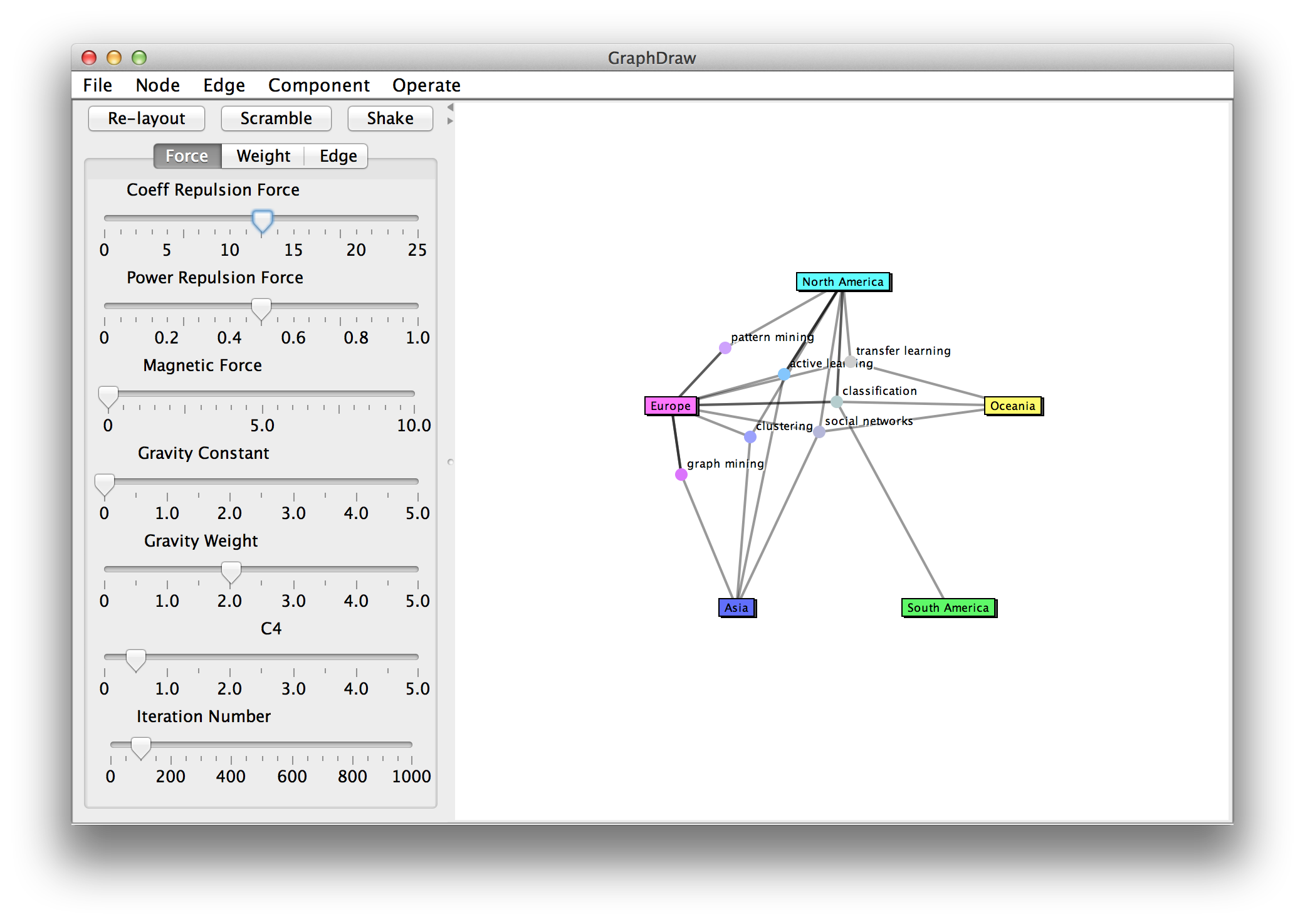Graph program drawing
Table of Contents
Table of Contents
If you’re a student or a professional, you might have come across the need to draw a graph at some point in time. Whether you’re trying to represent a set of data or trying to explain a complicated concept visually, drawing a graph is one of the most effective ways to do so. However, the thought of doing it might seem intimidating, especially if you’ve never done it before. Fear not, because in this article, we’re going to cover everything you need to know about how to draw a graph, from the basics to more advanced topics.
Graphs are an essential part of almost every field, be it science, finance, or business. However, drawing a graph isn’t as easy as it seems. It requires a certain level of precision and skill to represent the data accurately while also making it look visually appealing. Moreover, there are different types of graphs, each serving a different purpose.
The first thing you need to know about how to draw a graph is that it involves plotting points on a grid. The grid represents the x and y-axis, with the x-axis representing the horizontal axis and the y-axis representing the vertical axis. The intersection of these two axes is called the origin, and it’s where you start plotting your points. However, before you start plotting points, you need to decide which type of graph you want to draw.
To draw a graph, you need to start by understanding the basics, such as identifying the type of graph you’re trying to draw, labeling the axes, selecting the right scale, plotting points accurately, and connecting them to form a line or a curve. More advanced topics include adding titles and legends, selecting the right colors, and making the graph visually appealing.
How to Draw a Line Graph?
Line graphs are one of the most common types of graphs that you’re likely to encounter. They’re used to represent the relationship between two variables, usually one dependent and one independent. For example, you can use a line graph to represent the relationship between time and distance or time and temperature. To draw a line graph, you need to start by labeling the x-axis and y-axis with the variables you want to represent. Then, you need to plot the points on the grid, connecting them with a line to show the relationship between the variables. You can add titles, legends, and colors to make the graph visually appealing.
How to Draw a Bar Graph?
Bar graphs are used to represent categorical data or data that’s divided into discrete categories. For example, you can use a bar graph to represent the number of students in a class who scored A, B, or C in a test. To draw a bar graph, you need to start by labeling the x-axis with the categories, and the y-axis with the values you want to represent. Then, you need to draw bars of equal width for each category, representing the corresponding value. You can add titles, legends, and colors to make the graph visually appealing.
How to Draw a Pie Chart?
A pie chart is used to represent data as a whole in a circular shape, with each segment representing a percentage of the whole. For example, you can use a pie chart to represent the percentage of students in a class who prefer different colors. To draw a pie chart, you need to start by labeling each segment with the corresponding category and percentage. Then, you need to draw a circle and divide it into segments based on the percentage. You can add titles, legends, and colors to make the graph visually appealing.
How to Draw a Scatter Plot?
A scatter plot is used to represent the relationship between two variables, usually two independent variables. For example, you can use a scatter plot to represent the relationship between age and income or weight and height. To draw a scatter plot, you need to start by labeling the x-axis and y-axis with the variables you want to represent. Then, you need to plot each point on the grid, representing the corresponding value for each variable. You can add titles, legends, and colors to make the graph visually appealing.
Question and Answer:
Q1. What are some common mistakes to avoid when drawing a graph?
A1. Some common mistakes to avoid include not labeling the axes, not selecting the right scale, not plotting accurate points, and not adding titles or legends to the graph.
Q2. What type of graph should I use to represent continuous data?
A2. You should use a line graph to represent continuous data, such as time or distance.
Q3. How can I make my graph visually appealing?
A3. You can make your graph visually appealing by adding colors, labels, titles, and legends, selecting the right scale, and plotting points accurately.
Q4. How can I represent data as a percentage?
A4. You can use a pie chart to represent data as a percentage, with each segment representing a percentage of the whole.
Conclusion of How to Draw a Graph:
Drawing a graph might seem intimidating at first, but with the right knowledge and skills, it can be a fun and easy task. To draw a graph, you need to start by understanding the type of graph you want to draw, labeling the axes, selecting the right scale, plotting points accurately, and connecting them to form a line or a curve. You can also add titles, legends, and colors to make the graph visually appealing. With the tips and techniques outlined in this article, you’ll be able to draw different types of graphs with ease and impress your audience with your data presentation skills.
Gallery
How To Draw A Graph - YouTube

Photo Credit by: bing.com / draw graph
Graph Line Drawing Illustration Animation With Transparent Background

Photo Credit by: bing.com / graph animation line drawing background illustration transparent thumbnail motion
GraphDraw: Graph Drawing Program

Photo Credit by: bing.com / graph program drawing
How To Draw A Line Graph? - Wiith Examples - Teachoo - Making Line Gra

Photo Credit by: bing.com / graph line make draw examples reading making points teachoo axis
How To Draw Linear Graph? - With Examples - Teachoo - Making Linear Gr

Photo Credit by: bing.com / graph linear draw graphs examples





